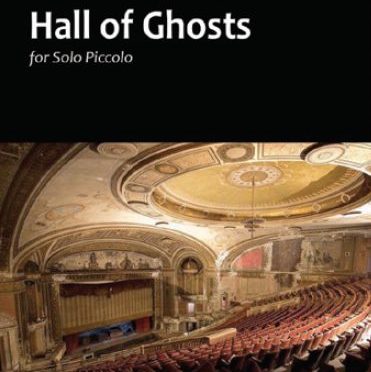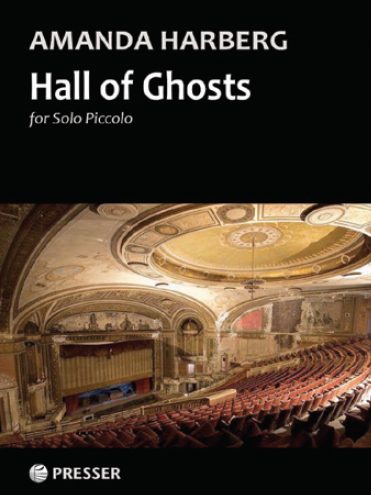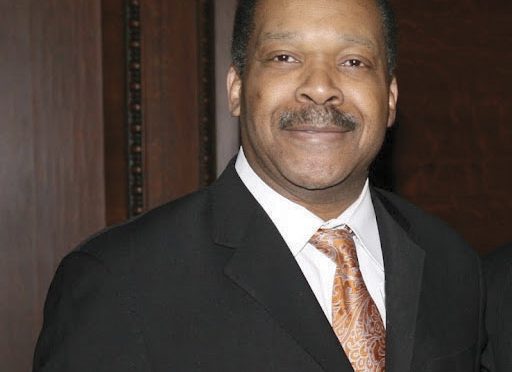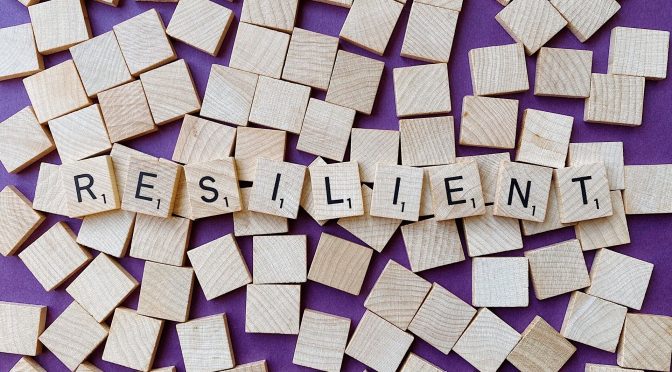When the pandemic effectively demolished live music in mid-March of last year, the AFM Canadian Office immediately dispatched letters to whomever in government was in a position to be of assistance, as identified with the aid of our knowledgeable lobbyist, Isabel Metcalfe. While I’m sure our plea to recognize the severity of the situation did not fall upon deaf ears, I can only imagine how many similar documents were received from a variety of sectors. How, then, to stand out in the crowd?
It was only a day or two later that I received a communication from IATSE International Vice President and Director of Canadian Affairs John Lewis, as well as Arden Ryshpan, executive director at Canadian Actors Equity Association (CAEA). The plan was to form a coalition to brainstorm and lobby government, framed within these strange circumstances. Added soon after was Ken MacKenzie, president of the Associated Designers of Canada (ADC). A decision was made to keep the coalition small and nimble, yet the combination now represented 50,000 members—a significant enough number to attract attention. Our noble group was dubbed the Creative Industries Coalition, and almost immediately had an effect.
We began gathering data on just how many performers and crews were idle, as government loves to have arithmetic for backup evidence. It was not difficult to demonstrate the level of despair in our members, as the cancelled contracts quickly tallied into the millions of dollars. In support of the submissions, Zoom calls were arranged with Minister of Canadian Heritage Steven Guilbeault and Minister of Employment, Workforce Development, and Disability Inclusion Carla Qualtrough, among others. Similar virtual meetings took place with folks like Simon Brault, chair of the Canadian Conference of the Arts.
Results were favourable and speedy, as the government soon announced the Canada Emergency Response Benefit (CERB), designed specifically for the self-employed and others who would normally not qualify for relief under the federal Employment Insurance programme. Two thousand dollars per month was made available to those who applied. However, a glitch soon emerged, whereby one of the criteria was that any ancillary income would result in the claim being disallowed. Now, for musicians (and other performers) who may have had random cheques arrive for royalties and New Use, or were teaching a few students, this was devastating. The coalition organized another round of calls, explained the issue, and was successful in having the requirement amended.
As the spring came to an end, it became apparent that COVID was going nowhere, and, in fact, was worsening, thus necessitating some additional meetings for a CERB extension, which was successful. By then, the government had sufficient time to temporarily restructure the Employment Insurance to include the Canada Recovery Benefit (CRB), along with some additional tweaks, which made that universal programme available to the self-employed. The timeline was limited, however, with expiration in early summer.
Sometimes nothing is simple, and so was the case when the government suddenly imposed new criteria—that the $5,000 earning threshold was net, not gross. This would have had a debilitating effect on musicians, since expenses are often high as well as tax-deductible. The bottom line: Many performers from all disciplines would have had to pay back the subsidy. Once again, our coalition made submissions and arranged meetings to object to that decision, especially since that condition had not been specified in the rules. This time we were joined by our friends at The Alliance of Canadian Cinema, Television and Radio Artists (ACTRA), as their membership was critically affected as well.
As I write this, an announcement is being made by Carla Qualtrough which reverses the government restriction, due to their error in not being clear about gross versus net. Those who received the subsidy will not be required to pay any back, providing the other qualifications are met.
So what is my point in rehashing all this? By maintaining solidarity with the other performers’ unions, we became stronger together and the difficult situation for performers was acknowledged and addressed relatively quickly. While our coalition may have not been the only voice, we have heard from insiders that ours was both the most respected and effective behind being granted the necessary support in a timely manner.
As musicians, solidarity is even more important within our own union. As we have proven time and again with both government and employers, one voice is simply ignored, while many voices command attention. Now more than ever, value your AFM membership; it brings strength through unity, and it’s the right thing to do.
Petits amis hauts placés — comment la solidarité syndicale et les pressions ont contribué à obtenir du soutien politique pour les musiciens canadiens
par Alan Willaert, vice-président de la FAM pour le Canada
Lorsque la pandémie a terrassé le marché de la musique vivante à la mi-mars l’année dernière, le Bureau canadien de la FAM a immédiatement fait parvenir des lettres à toutes les personnes au gouvernement qui étaient en position de nous aider — notre bien informée représentante, Isabel Metcalfe, nous a été d’une aide précieuse à cet égard. Bien que nos appels à reconnaître la gravité de la situation ne soient sûrement pas tombés dans des oreilles de sourds, je ne peux qu’imaginer combien de documents similaires ont été envoyés aux mêmes personnes par toute une variété de secteurs. Comment, donc, pouvions-nous ressortir du lot ?
Ce n’est qu’un jour ou deux plus tard que j’ai reçu une communication du vice-président international et directeur des affaires canadiennes de l’IATSE, John Lewis, de même que d’Arden Ryshpan, directrice exécutive de la Canadian Actors Equity Association. Le plan consistait à former une coalition pour brasser des idées et exercer des pressions auprès du gouvernement dans le cadre de ces étranges circonstances. Peu après s’est ajouté Ken MacKenzie, président de l’Association des désigners canadiens. Nous avons pris la décision de nous en tenir là afin que la coalition reste agile, d’ailleurs nous représentions déjà quelque 50 000 membres, certainement un assez grand nombre pour attirer l’attention. Notre noble groupe, que nous avons appelé la Coalition des industries créatives, a eu un effet presque immédiat.
Nous avons commencé à recueillir des données quant au nombre d’artistes et d’équipes techniques qui étaient sans travail, car le gouvernement aime beaucoup justifier ses intervention avec des chiffres. Il n’a pas été difficile de démontrer la détresse de nos membres puisque les contrats annulés que nous avons retracés ont vite atteint les millions de dollars. En complément de nos soumissions au gouvernement, il y a eu des appels sur Zoom avec Steven Guilbeault, ministre du Patrimoine canadien, et Carla Qualtrough, ministre de l’Emploi, du Développement de la main-d’œuvre et de l’Inclusion des personnes handicapées, entre autres. Des rencontres virtuelles similaires ont également eu lieu avec Simon Brault, président de la Conférence canadienne des arts.
Nous avons rapidement obtenu des résultats positifs, le gouvernement annonçant peu après la mise en œuvre de la Prestation canadienne d’urgence (PCU), conçue spécifiquement pour les travailleurs autonomes et les autres qui ne sont pas normalement admissibles au programme fédéral d’assurance-emploi. On donnait deux mille dollars par mois à ceux qui en faisaient la demande. Toutefois, un problème s’est présenté, car selon un des critères du programme, tout revenu d’appoint entraînait le refus de la demande. Pour les musiciens et les autres artistes de la scène qui reçoivent de temps à autre des paiements de droits d’auteur, pour de nouvelles utilisations ou qui font un peu d’enseignement, c’était catastrophique. La coalition a organisé une nouvelle ronde d’appels pour expliquer l’enjeu et a réussi à faire modifier ce critère.
À la fin du printemps, il est devenu clair que la COVID n’allait pas disparaître de sitôt, elle s’aggravait même, d’où la nécessité de réunions supplémentaires pour obtenir le prolongement de la PCU, qui a été accordé. Rendu là, le gouvernement avait eu le temps de restructurer l’assurance-emploi de façon temporaire pour y inclure la Prestation canadienne de la reprise économique (PCRE) et faire quelques autres ajustements qui permettraient aux travailleurs autonomes d’avoir accès à ce programme universel. Toutefois, ces dispositions devaient prendre fin au début de l’été.
Les choses ne sont pas toujours simples, comme lorsque le gouvernement a soudainement imposé de nouveaux critères, notamment en précisant que le seuil de revenu de 5000 $ devait être net et non brut. C’eût été débilitant pour les musiciens, parce que leurs dépenses sont souvent élevées et déductibles de l’impôt. En bout de ligne, beaucoup d’artistes de la scène de toutes les disciplines auraient eu à rembourser leurs prestations. Encore une fois, notre coalition a fait des représentations et organisé des rencontres afin de s’opposer à cette décision, surtout que ladite condition ne figurait pas dans les règles d’admissibilité. Cette fois, nos amis de l’Alliance des artistes canadiens du cinéma, de la télévision et de la radio, mieux connus comme l’ACTRA, se sont joints à nous, car leurs membres auraient été gravement affectés eux aussi.
Au moment d’écrire ces lignes, Carla Qualtrough annonce le retrait de cette restriction en reconnaissance du manque de clarté des règles d’origine à ce sujet. Ceux qui ont reçu la PCU ou la PCRE n’auront pas à la rembourser en autant qu’ils répondent aux autres critères d’admissibilité.
Pourquoi est-ce que je rappelle tout ça ? Pour illustrer que lorsque nous sommes solidaires entre syndicats d’artistes, nous sommes plus forts. Notre situation difficile commune a été reconnue et traitée plutôt rapidement. Notre coalition n’a peut-être pas été la seule voix à se faire entendre, mais d’après les commentaires que nous avons reçus d’acteurs au sein de l’appareil gouvernemental, la nôtre était à la fois la plus respectée et la plus effective pour obtenir en temps opportun le soutien dont nous avions besoin.
Comme musiciens, la solidarité est encore plus importante au sein de notre propre syndicat. Comme nous l’avons démontré encore et encore, avec le gouvernement et avec les employeurs, on ignore facilement une voix unique tandis que plusieurs voix retiennent l’attention. Maintenant plus que jamais, appréciez la valeur de votre adhésion à la FAM; elle est source de force de par l’unité qu’elle représente. Rester membre, c’est la chose à faire.







